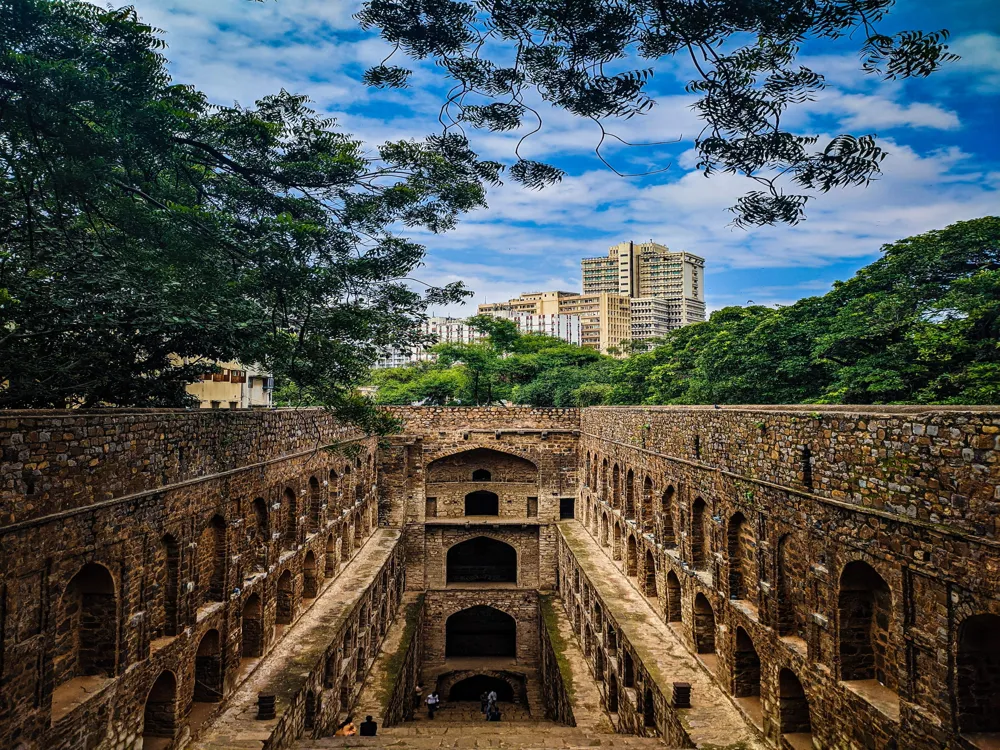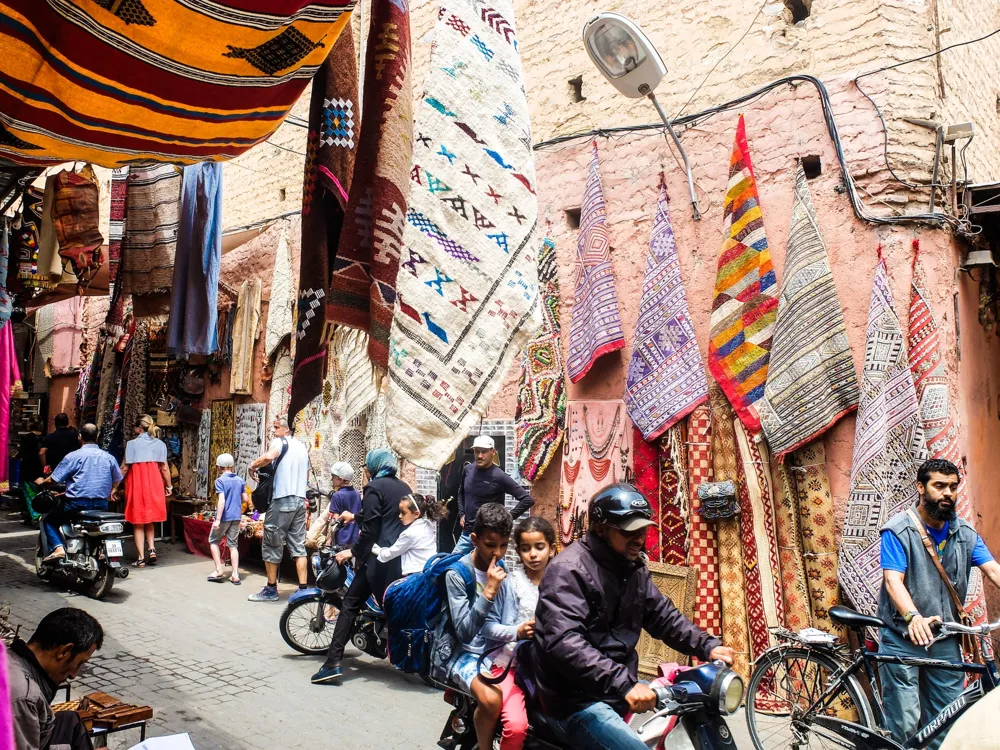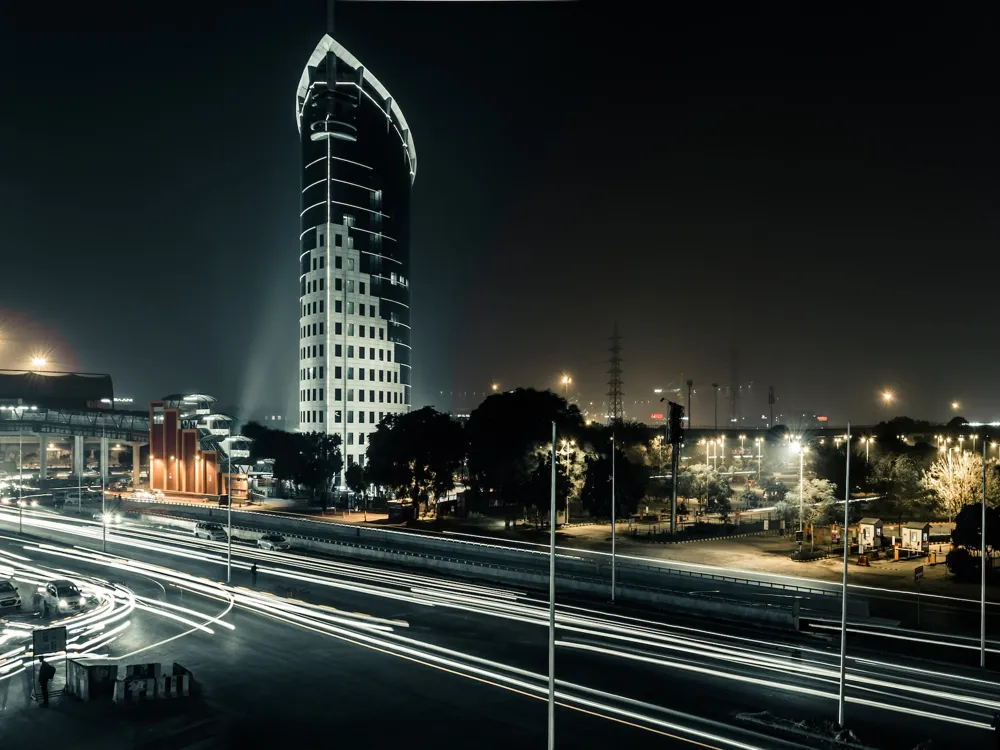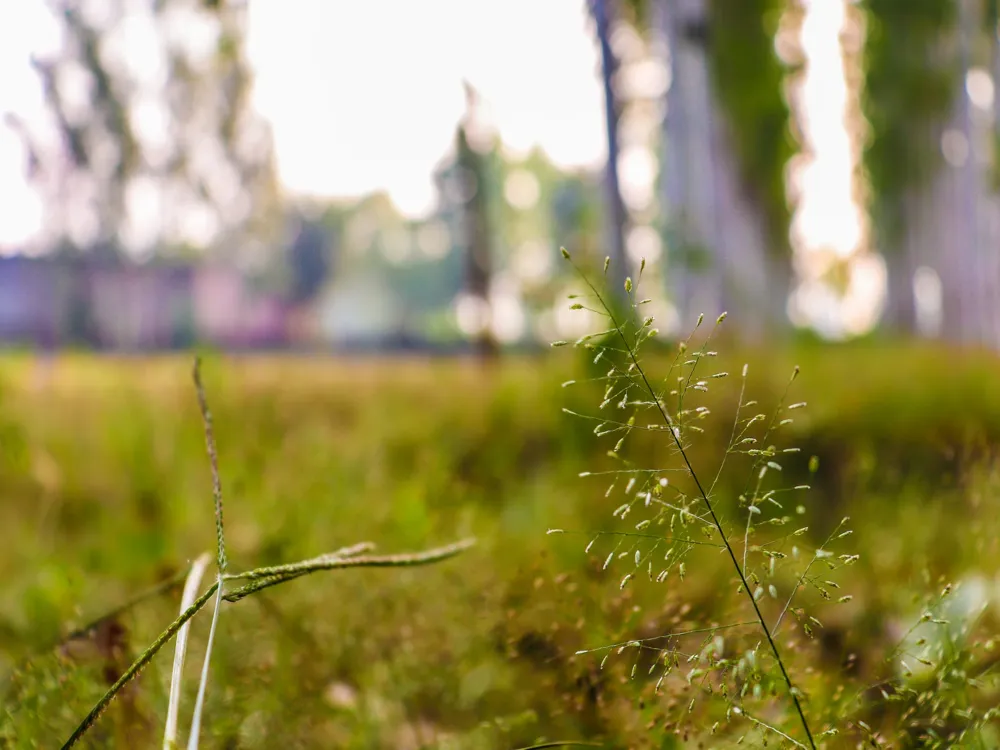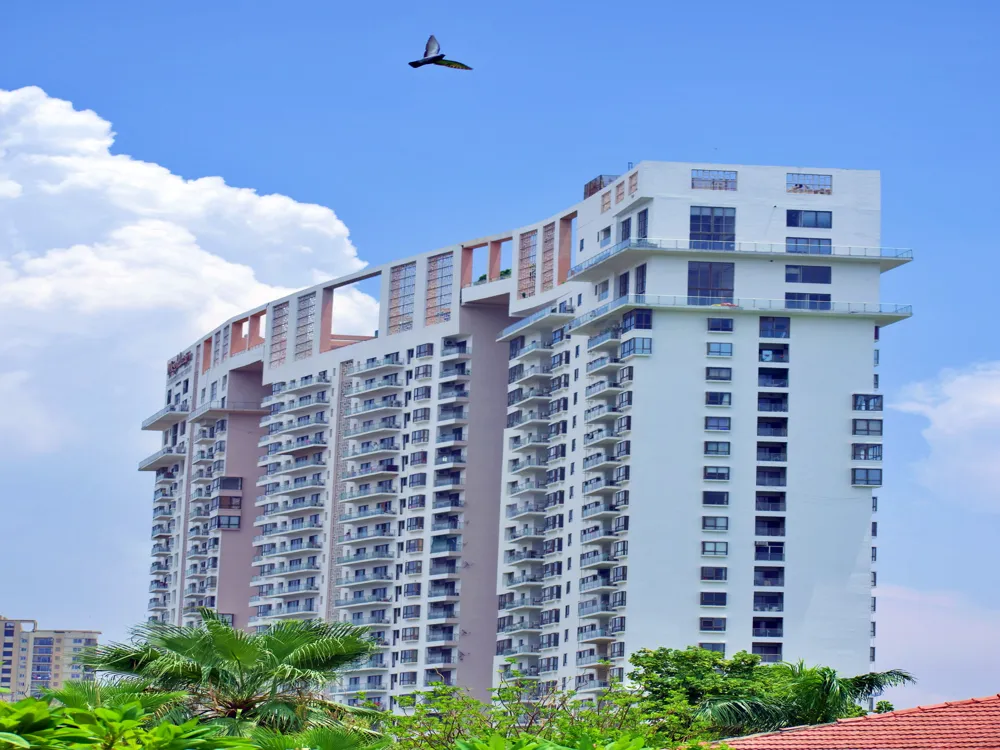Humayun's Tomb, located in New Delhi, is a magnificent architectural masterpiece of the Mughal era. Known for its significant historical importance, it was the first garden-tomb on the Indian subcontinent, and it inspired several major architectural innovations, culminating in the construction of the Taj Mahal. The architecture of Humayun's Tomb represents a landmark in the development of Mughal architecture. It was built using red sandstone and features intricate marble work. The tomb stands in the center of a large, symmetrical garden, divided into four main parterres by walkways or flowing water channels. The best time to visit Humayun's Tomb is from October to March, as the weather is most pleasant during these months. Early mornings and late afternoons offer the best light for photography. Tripods are allowed, but require a separate ticket. Consider hiring a guide to fully appreciate the historical context and architectural details of the tomb. Humayun's Tomb is easily accessible via Delhi's public transport. The nearest metro station is Jor Bagh on the Yellow Line, from which you can take an auto-rickshaw or a cab. Alternatively, buses and taxis are readily available throughout the city to reach the site.Overview of Humayun's Tomb, New Delhi, Delhi NCR
Architecture of Humayun's Tomb
Tips When Visiting Humayun's Tomb
Best Time to Visit
Photography Tips
Guided Tours
How To Reach Humayun's Tomb
Humayun's Tomb
New Delhi
Delhi
Ncr
₹ 4,299 onwards
View delhi Packages
Weather :
Label : Must Visit
Tags : Tombs & Mausoleums
Timings : 10:00 AM - 06:00 PM
Time Required : 2 - 3 hours
Entry Fee : Indians - INR 10, Foreigners - INR 250. Video filming - INR 25, Photography - Free
Nearest Metro Station : Jawaharlal Nehru Metro Station on Violet Line
Planning a Trip? Ask Your Question
Delhi Travel Packages
View All Packages For Delhi
Top Hotel Collections for Delhi

Private Pool

Luxury Hotels

5-Star Hotels

Pet Friendly
Top Hotels Near Delhi
Other Top Ranking Places In Delhi
View All Places To Visit In delhi
View delhi Packages
Weather :
Label : Must Visit
Tags : Tombs & Mausoleums
Timings : 10:00 AM - 06:00 PM
Time Required : 2 - 3 hours
Entry Fee : Indians - INR 10, Foreigners - INR 250. Video filming - INR 25, Photography - Free
Nearest Metro Station : Jawaharlal Nehru Metro Station on Violet Line
Planning a Trip? Ask Your Question
Delhi Travel Packages
View All Packages For Delhi
Top Hotel Collections for Delhi

Private Pool

Luxury Hotels

5-Star Hotels

Pet Friendly









